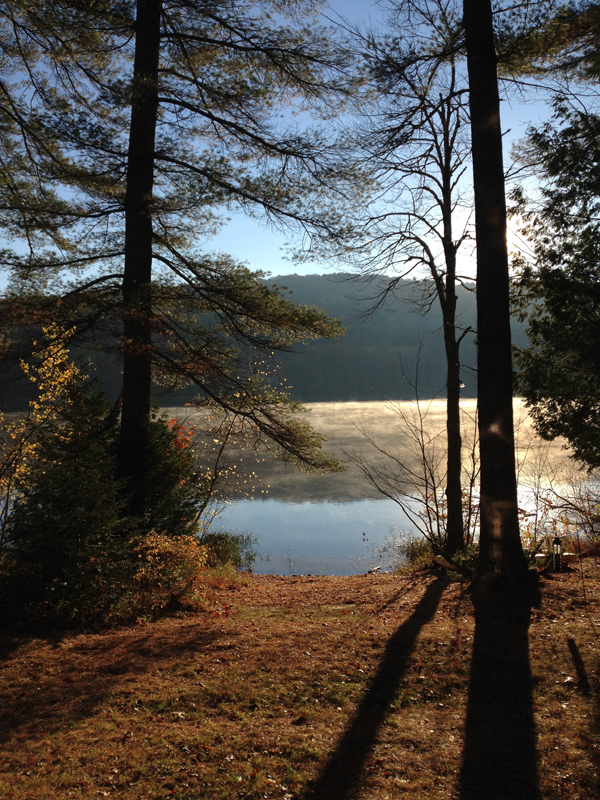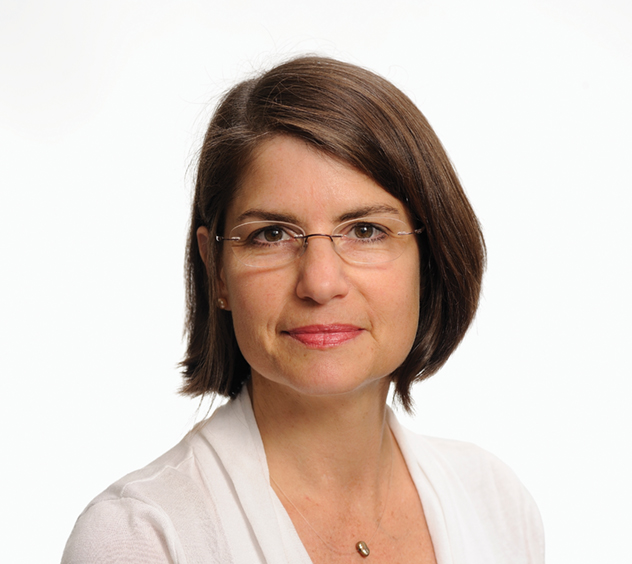Writer: Paula Nersesian
Homo sapiens require interpersonal connection. Early humans lived in groups out of necessity. They were the prey of mammoth predators and could survive only together. As human civilization developed, we continued to live in groups. Even isolated early American settlers on the expansive prairie lived in small family groups. A spouse and offspring enabled settlers to manage the many risks and hardships of homesteading.
Strangely enough, I am currently seeking social isolation. The hubbub of life in the Washington, DC area—especially during the insanity of the election season—became too distracting. To achieve the deep focus that I want and need at this juncture in my doctoral training, I retreated to a little house in the Maine woods thinking I would achieve social isolation. My fatal flaw was letting local friends and neighbors know of my arrival. Even though they all knew that I was here to work on my dissertation, the invitations for walks, dinners, and participation in community events flowed in. As far as they’re concerned, social isolation is not socially acceptable!
 In my quiet isolation stretches, I find that the wild animals provide welcoming stimulation. The movement of the lake water and the shimmering of the birch leaves and white pine needles provide visual stimulation that is immensely pleasing. But watching the small critters interact provides me with a surrogate community outside my window. I also gain an odd sense of connection watching a group of unusual ducks as they swim into range and enjoy their autumnal stay fishing on the lake. Interacting with my neighbor’s dog brings the importance of pets into sharper focus. When you’re alone, the companionship of a beloved pet helps a lot. Yet, humans need human interaction.
In my quiet isolation stretches, I find that the wild animals provide welcoming stimulation. The movement of the lake water and the shimmering of the birch leaves and white pine needles provide visual stimulation that is immensely pleasing. But watching the small critters interact provides me with a surrogate community outside my window. I also gain an odd sense of connection watching a group of unusual ducks as they swim into range and enjoy their autumnal stay fishing on the lake. Interacting with my neighbor’s dog brings the importance of pets into sharper focus. When you’re alone, the companionship of a beloved pet helps a lot. Yet, humans need human interaction.
As my research develops and I delve deeper into the peer-reviewed literature, my understanding of the complexity of human sociality widens. Simultaneously, I appreciate the social significance of the questions I am examining to those outside the scientific community. As you may recall from my inaugural blog, when friends and family spot material in mass media connected to my topic, they pass it on. Through those pieces, I discovered a surprisingly large collection of articles, essays, and opinion pieces about social connection in widely read newspapers and periodicals, and on think-tank websites. It’s a topic people think about, write about, and care about.
The Dalai Lama’s November 4 opinion piece in the New York Times focused on the importance of being useful to others, which provides a sense of personal meaning and connectedness. These ideas are echoed in a framed poster hanging in my kitchen by the Rev. Martin Luther King Jr.: “Life’s most persistent and urgent question is ‘What are you doing for others?’ ” I read this quote at my father’s funeral this year since it typified his life. Maybe my dad lived to 88 because of his lifelong commitment to giving and all the healthy benefits that accompany such a lifestyle.
Social connection is also a theme of Alfred Adler’s theory of individual psychology, which informs the approach of the Parent Encouragement Program, a community-based parenting education organization in which I am an inactive PEP Leader. Although some of Adler’s ideas are controversial, his concepts of social interest and a community feeling support the notion that attaining a sense of belonging, contribution, and participation positively influence development of a sense of self. Parental encouragement is a key strategy to engender feelings of connectedness and relevance as a family member and contributor to familial processes.
Families were once the epicenter of a person’s social self. But that is changing with the tendency toward smaller families, geographic dispersion, and greater value placed on independence and success (which often includes high pressure and stress). Douthat explores these ideas in his November 5 op-ed piece in the New York Times’ Sunday Review. His “post-familialism” predictions are dire: loneliness, racial and cultural anxiety, absence of kinship bonds, and the end of family lines. Returning to the days of bigger families is an unlikely solution. Being connected to members of your community is an alternative.
Local community groups are responding to post-familialism by developing and implementing groups to provide the support and connectedness we all need. My city recently formed the Village of Takoma Park, a group that “provides intergenerational support to seniors and persons with disabilities,” which enables citizens with mobility or other barriers to remain active and engaged in the community. The approach follows AARP’s Village model. I also discovered that my part-time town in Maine recently established a committee to identify and address barriers to community engagement for older residents, especially those with issues that restrict their ability to get out.
There is no doubt that addressing the need of older adults to be engaged in their communities is essential. A recent publication by Dr. Sarah Szanton examines the importance older adults place on social interaction, how much they are able to participate, and what prevents them from doing so. Despite a range of limitations, older adults want to participate in the community, but barriers such as transportation and health issues get in the way.
Community members in other age groups also need help engaging in the community. AARP’s 2010 national survey of loneliness among middle-age and older adults (45 and up) found that respondents who were 45-49 were more likely to be lonely than those in older age groups. While that’s good news for my research since the focus is loneliness in middle age, the survey findings suggest the need to develop interventions for younger age groups. The work of leading researchers in loneliness and social genomics supports the hypothesis that humans are hard-wired for sociality. But, we have more to learn and more to do. Engaging our family and community members is an imperative for their benefit, and ours too. So I’m going to have dinner with my neighbor tonight because the work will always be there, and human interaction needs to be there too. I’m lucky to have the option of declining invitations, but for some, social interaction is a rarity that will remain until they find a way to be useful to or connect with others. Maybe we can help.
ABOUT THE AUTHOR: PAULA NERSESIAN
 Paula Nersesian, MPH, RN, is a PhD Candidate and Lecturer/Clinical Instructor at the Johns Hopkins School of Nursing. Her dissertation research focuses on examining the relationship between loneliness and biomarkers of systemic inflammation, and the influence of social determinants of health. Paula seeks to build on her 30 years of work advancing population health by developing innovative, cost-effective nursing interventions targeting social determinants to improve community health and well-being.
Paula Nersesian, MPH, RN, is a PhD Candidate and Lecturer/Clinical Instructor at the Johns Hopkins School of Nursing. Her dissertation research focuses on examining the relationship between loneliness and biomarkers of systemic inflammation, and the influence of social determinants of health. Paula seeks to build on her 30 years of work advancing population health by developing innovative, cost-effective nursing interventions targeting social determinants to improve community health and well-being.
